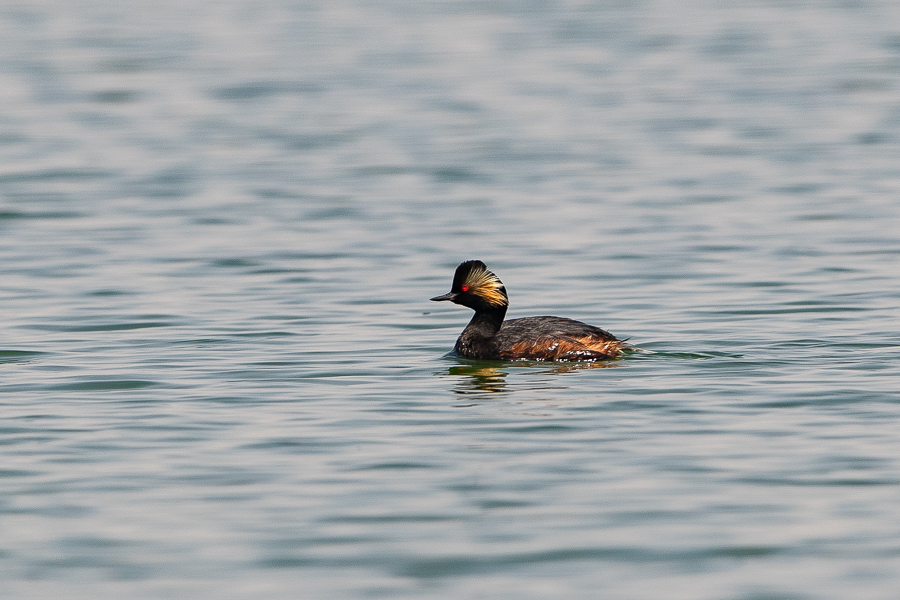Of particular importance is the recently proven continuation of rock art production and reverence of specific motifs in the precinct. Animal depictions include camels, cattle, deer, ostrich, gazelle, lion, horses and dogs. In addition the country’s south rock art offers many female figures, which are rare in northern part of Saudi Arabia. The female figures are shown normally with their arms upraised, male depictions are shown holding spears and shields instead. For the first time we can see hunting scenes with spears and arrows piercing animal bodies, which in the northern part of the country are absent. The Jabal al Kaukab and Jebel al Qara area are the richest rock art sites in the Najran area. In total the Najran area offers over 6,400 human and animal depictions including over 1,800 camels and 1,300 human representations. Fighting over scarce resources is an important ancient way of survival, but surprisingly these scenes are rare in Saudi rock art. These depictions have only been found in the Bir Hima area showing men fighting each other. The females in Bir Hima at two meters are slightly taller than life size. They feature no faces or breasts, but show pronounced hips and thighs. Their hair is hanging to the waist and often braided again with ringlets or metal tips. Later during the Bronze Age females are depicted next to horse riding men and battle scenes. Throughout the Arabian Peninsula female figures are easily recognisable, because they are always shown with their arms raised. The depiction of body armour seems to occur in more recent examples of rock art, especially in Bir Hima where human and horse armours were seemingly depicted.




































































